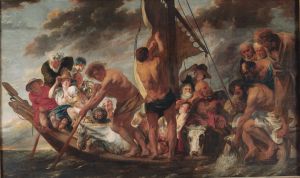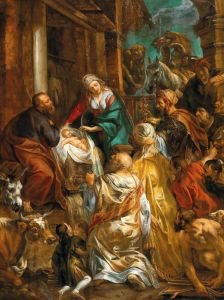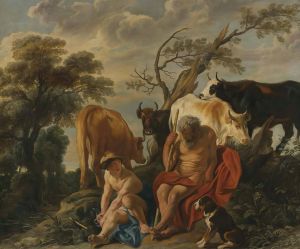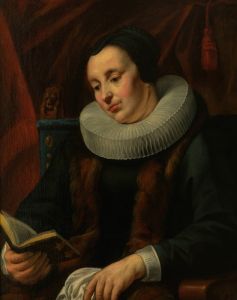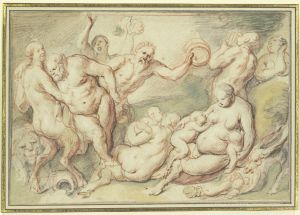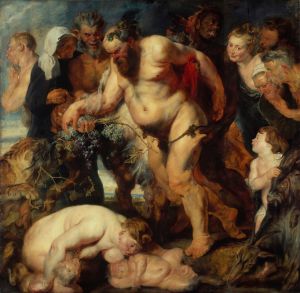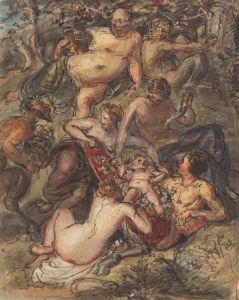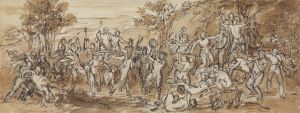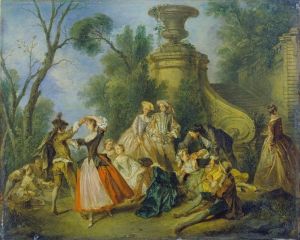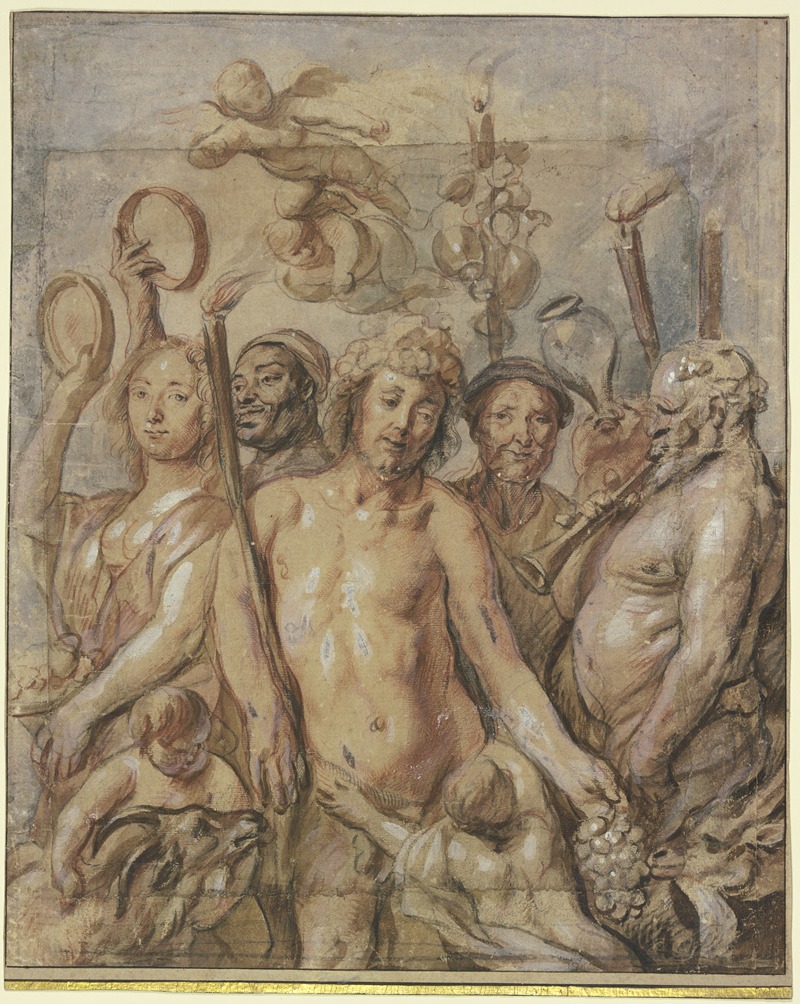
Bacchantenzug
A hand-painted replica of Jacob Jordaens’s masterpiece Bacchantenzug, meticulously crafted by professional artists to capture the true essence of the original. Each piece is created with museum-quality canvas and rare mineral pigments, carefully painted by experienced artists with delicate brushstrokes and rich, layered colors to perfectly recreate the texture of the original artwork. Unlike machine-printed reproductions, this hand-painted version brings the painting to life, infused with the artist’s emotions and skill in every stroke. Whether for personal collection or home decoration, it instantly elevates the artistic atmosphere of any space.
"Bacchantenzug" (Procession of Bacchus) is a painting by the Flemish Baroque artist Jacob Jordaens, created around 1640-1650. Jordaens, born in 1593 and died in 1678, was one of the leading painters of the Flemish Baroque tradition, alongside Peter Paul Rubens and Anthony van Dyck. He is known for his vibrant, dynamic compositions and his ability to depict lively, often boisterous scenes with a keen eye for detail and a rich use of color.
The painting "Bacchantenzug" depicts a procession in honor of Bacchus, the Roman god of wine, revelry, and ecstasy. Bacchus, known as Dionysus in Greek mythology, was a popular subject in Baroque art due to the dramatic and festive nature of his mythos. The painting captures the essence of Bacchic celebrations, which were characterized by wild, ecstatic dances, music, and the consumption of wine.
In "Bacchantenzug," Jordaens presents a lively and chaotic scene filled with a variety of figures, both human and mythological. The composition is dense and dynamic, with figures overlapping and interacting in a way that conveys movement and energy. The central figure of Bacchus is typically depicted as a robust, jovial man, often crowned with ivy and holding a thyrsus (a staff entwined with ivy and topped with a pine cone). Surrounding him are his followers, known as Bacchants or Maenads, who are shown in various states of revelry, dancing, playing musical instruments, and indulging in wine.
Jordaens' use of color in "Bacchantenzug" is particularly noteworthy. He employs a rich palette of deep reds, lush greens, and warm earth tones to create a sense of opulence and vitality. The play of light and shadow adds to the dramatic effect, highlighting the figures and enhancing the sense of depth and movement within the composition.
The painting also reflects Jordaens' skill in depicting the human form and his ability to convey emotion and character through facial expressions and body language. The figures in "Bacchantenzug" are rendered with a sense of realism and individuality, each contributing to the overall narrative of the scene.
"Bacchantenzug" is an excellent example of Jordaens' work and the Baroque style, characterized by its emphasis on movement, color, and dramatic intensity. The painting is housed in the Alte Pinakothek in Munich, Germany, where it remains a significant piece within the museum's collection of Baroque art.
Jacob Jordaens' contribution to the Baroque movement and his ability to capture the exuberance and vitality of Bacchic celebrations make "Bacchantenzug" a notable work in the history of art. The painting not only showcases Jordaens' technical skill and artistic vision but also provides insight into the cultural and mythological themes that were prevalent during the Baroque period.





